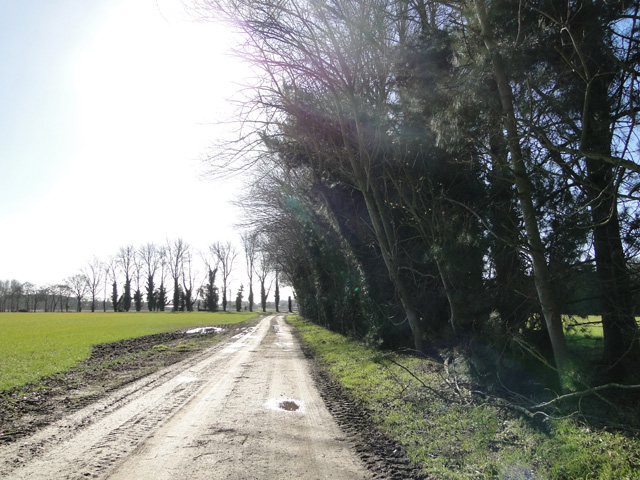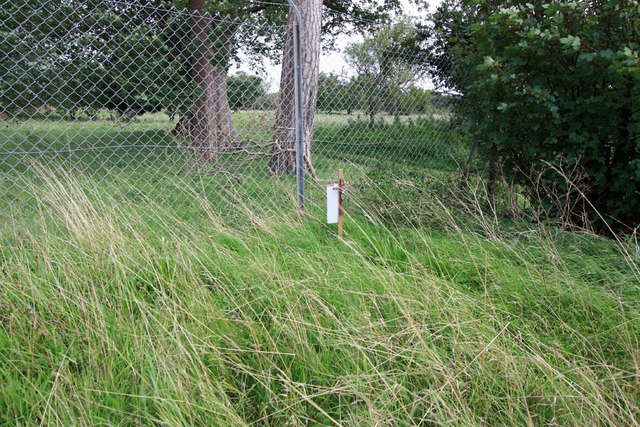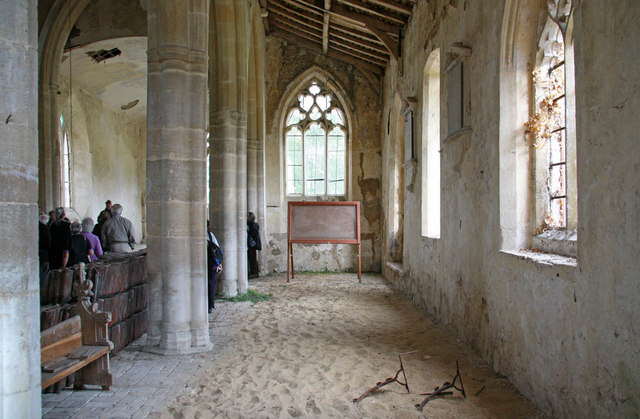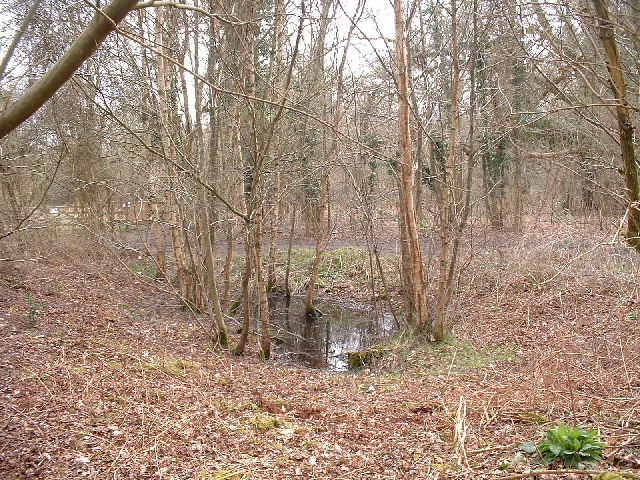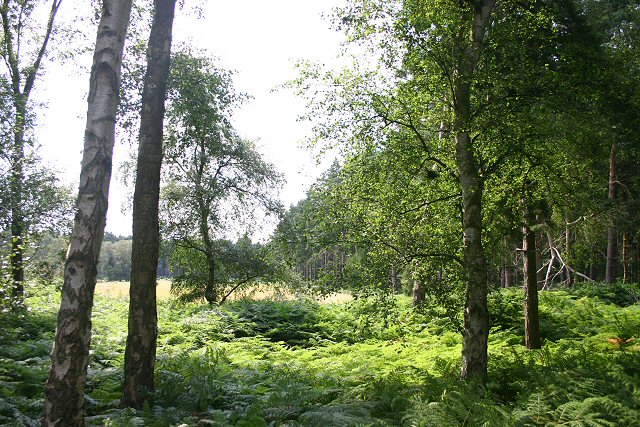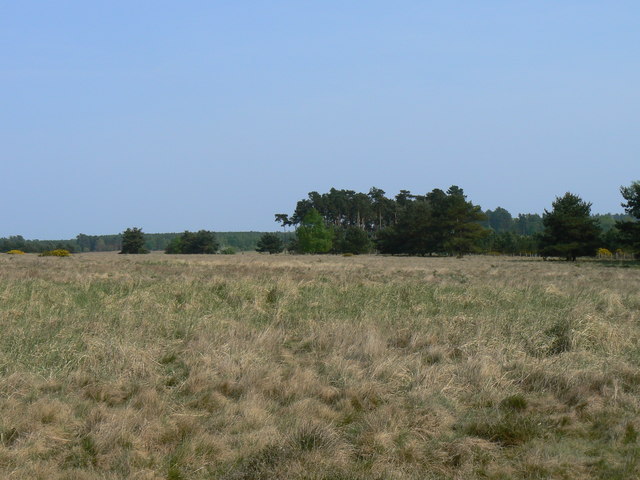Ling Heath
Downs, Moorland in Norfolk Breckland
England
Ling Heath
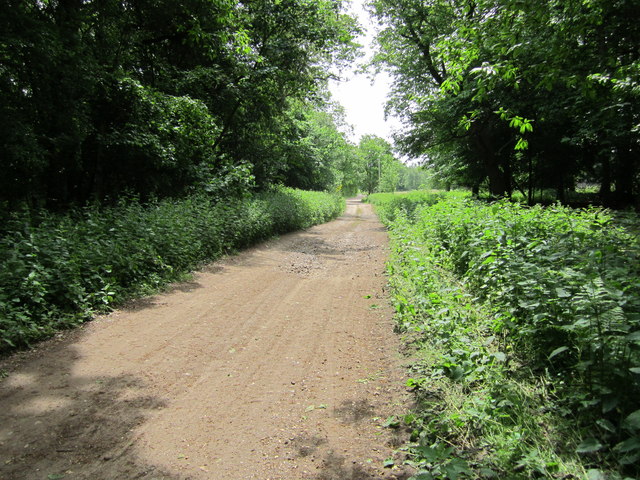
Ling Heath is a stunning natural landscape situated in Norfolk, England. With its vast expanse of downs and moorland, it offers visitors a unique and breathtaking experience. Covering an area of approximately 500 hectares, Ling Heath is a haven for nature enthusiasts and those seeking tranquility amidst the beauty of the outdoors.
The downs at Ling Heath are characterized by their rolling hills and wide open spaces. Visitors can enjoy long walks or hikes, taking in the panoramic views of the surrounding countryside. The moorland, on the other hand, is a captivating sight with its heather-covered hills and vibrant colors. It is home to a diverse range of flora and fauna, including rare bird species and wildflowers.
The area is also known for its historical significance. Ling Heath has been inhabited since ancient times, and evidence of human activity can be found in the form of burial mounds and ancient settlements. It is a place of archaeological interest, attracting researchers and history enthusiasts alike.
Nature conservation efforts have been put in place to protect the unique ecosystem of Ling Heath. The area is designated as a Site of Special Scientific Interest (SSSI), ensuring the preservation of its natural beauty and biodiversity. Visitors are encouraged to respect the environment and follow designated paths to minimize disturbance to the delicate ecosystem.
In conclusion, Ling Heath in Norfolk is a remarkable destination for those seeking to immerse themselves in the beauty of nature. With its downs, moorland, and rich history, it offers a truly unforgettable experience for all who visit.
If you have any feedback on the listing, please let us know in the comments section below.
Ling Heath Images
Images are sourced within 2km of 52.506938/0.79455042 or Grid Reference TL8993. Thanks to Geograph Open Source API. All images are credited.
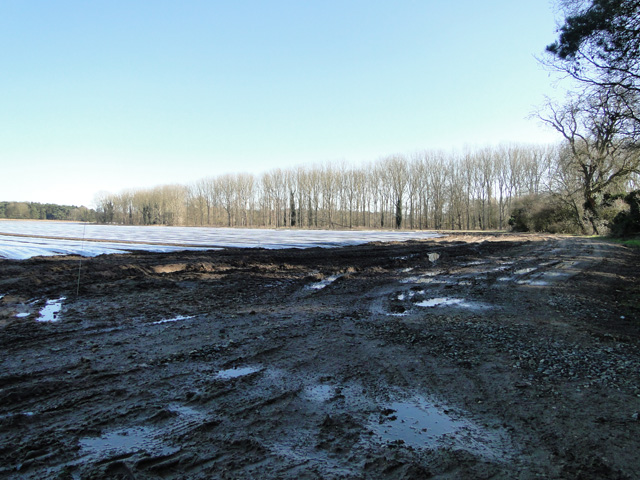
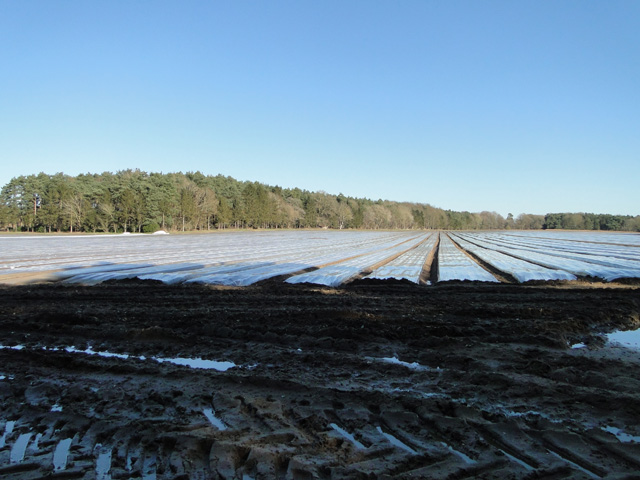
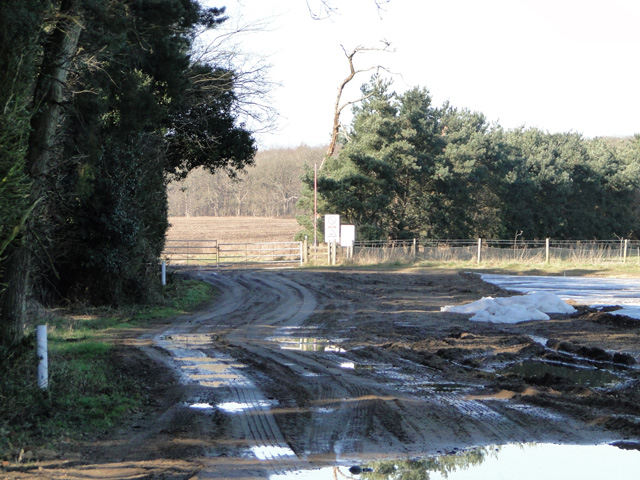
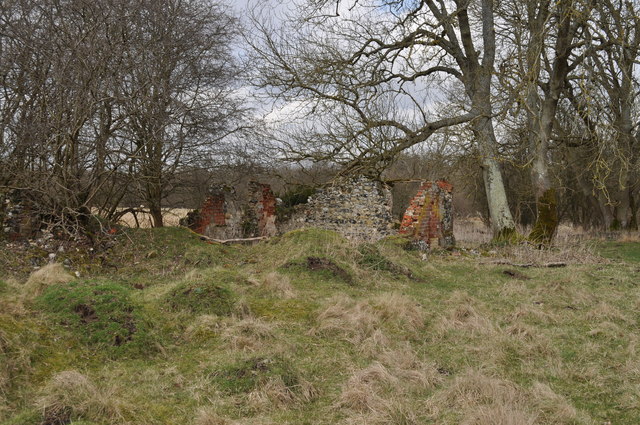
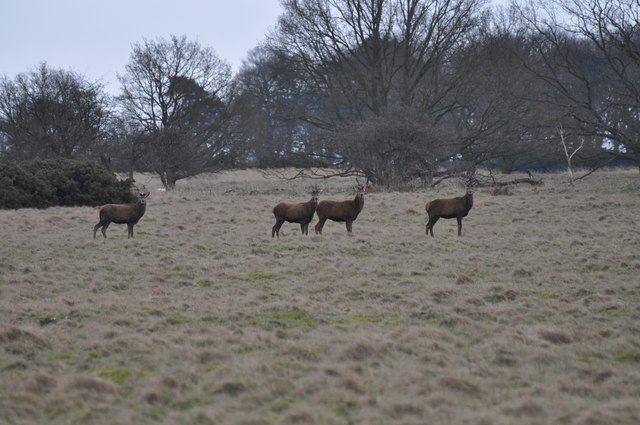
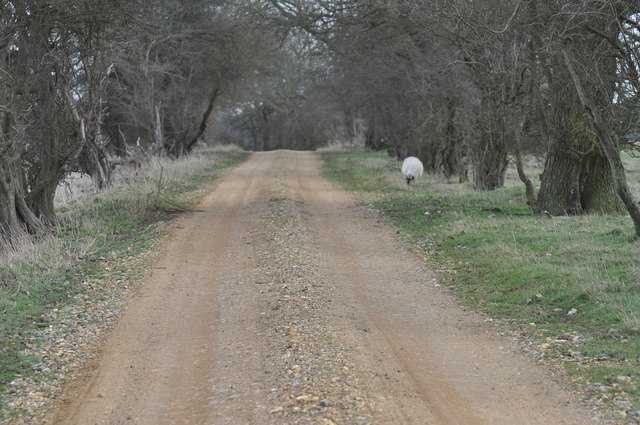
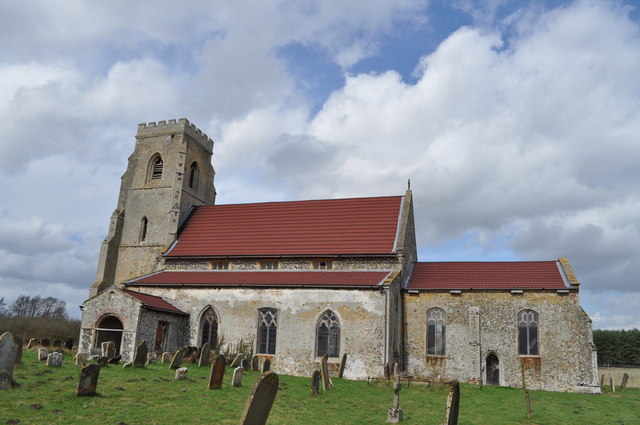
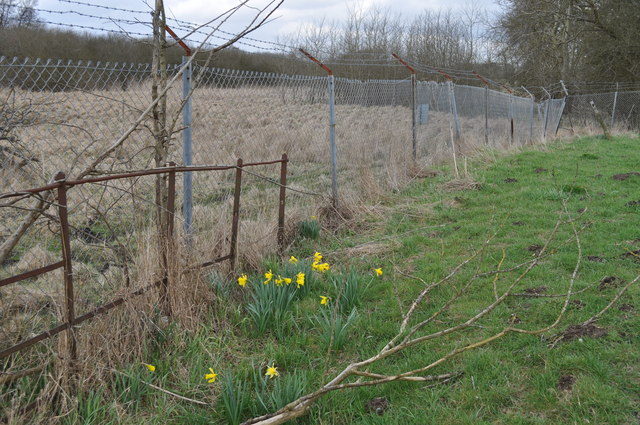
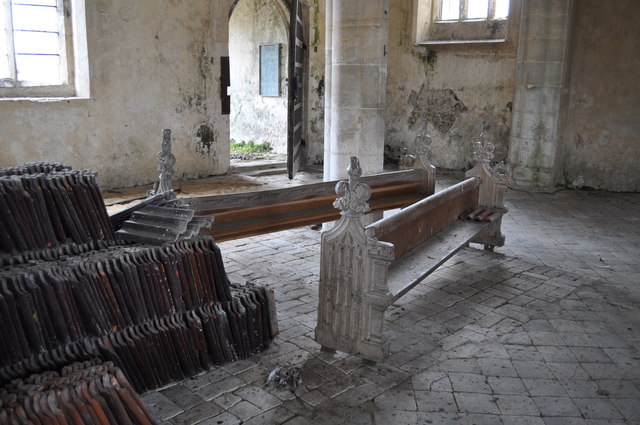
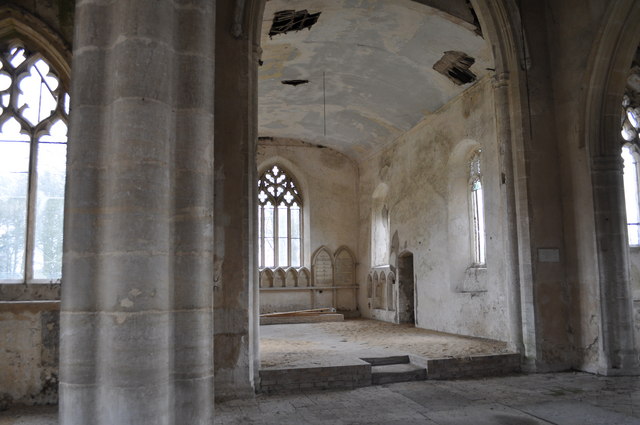
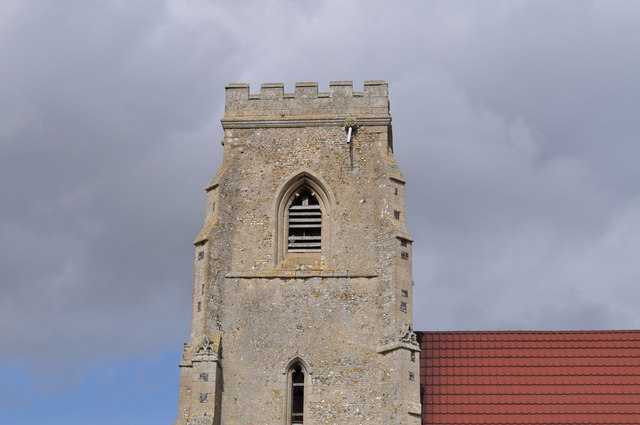
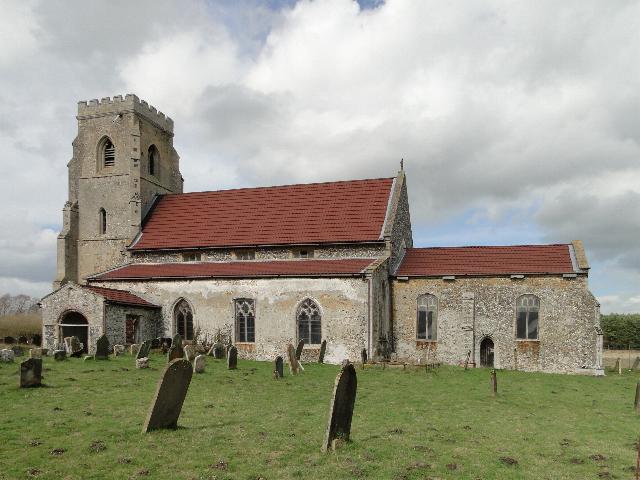
Ling Heath is located at Grid Ref: TL8993 (Lat: 52.506938, Lng: 0.79455042)
Administrative County: Norfolk
District: Breckland
Police Authority: Norfolk
What 3 Words
///tester.sang.remaking. Near Watton, Norfolk
Related Wikis
Sturston, Norfolk
Sturston is a deserted village and civil parish in the English county of Norfolk. It is situated some 7+1⁄2 miles (12 km) north of the town of Thetford...
Tottington, Norfolk
Tottington is a deserted village and civil parish in the English county of Norfolk. It is situated some 6.2 miles (10.0 km) north of the town of Thetford...
Wretham Park Meres
Wretham Park Meres is a 30-hectare (74-acre) biological Site of Special Scientific Interest north of Thetford in Norfolk.This site consists of four natural...
Breckland
Breckland in Norfolk and Suffolk is a 39,433 hectare Special Protection Area (SPA) under the European Union Directive on the Conservation of Wild Birds...
Stanford Training Area SSSI
Stanford Training Area SSSI is part of the British Army Stanford Training Area. It is a 4,678-hectare (11,560-acre) biological and geological Site of Special...
Stanford Training Area
The Stanford Training Area (STANTA), originally known as the Stanford Battle Area, is a British Army training area situated in the English county of Norfolk...
Great Eastern Pingo Trail
Great Eastern Pingo Trail is a 9.2 kilometres (5.7 miles) long footpath along a disused railway line north of Thetford in Norfolk. It is a 4.2-hectare...
Thompson Water, Carr and Common
Thompson Water, Carr and Common is a 154.7-hectare (382-acre) biological Site of Special Scientific Interest north of Thetford in Norfolk. Most of it is...
Have you been to Ling Heath?
Leave your review of Ling Heath below (or comments, questions and feedback).
